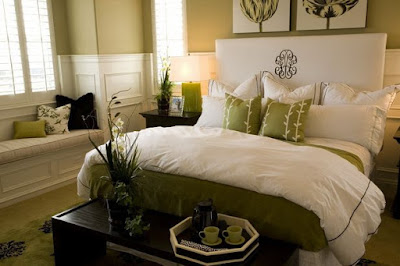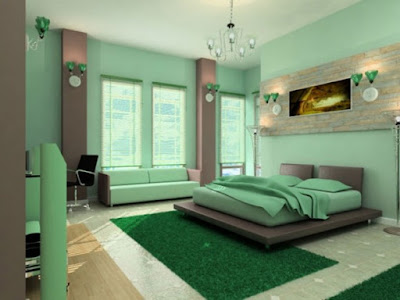Egyptian Interior Design Ideas
 Egyptian interiors usually are a combination of traditional European designs and Egypt's own historical flourishes of hieroglyphics, statues and ancient religious icons. While this confluence of cultures is still indicative of traditional Egyptian design, in the first decade of the 21st century, Egyptian designers, particularly in furniture design, are developing a style apart from European influence. Whether old world or modern, the color palette is rich in gold, green and red, with creamy whites and reedy yellows for accent.
Egyptian interiors usually are a combination of traditional European designs and Egypt's own historical flourishes of hieroglyphics, statues and ancient religious icons. While this confluence of cultures is still indicative of traditional Egyptian design, in the first decade of the 21st century, Egyptian designers, particularly in furniture design, are developing a style apart from European influence. Whether old world or modern, the color palette is rich in gold, green and red, with creamy whites and reedy yellows for accent.Old World
A traditional Egyptian interior design is laden with large furniture, area rugs and bold-colored fabrics. Adapt this style by selecting intricately carved furnishings in traditional European styles, with particular emphasis on French styles such as baroque and rococo. Use two to three couches, including chaise lounges, in the living room. In the bedroom, select large beds with high headboards in dark wood.
If possible, add marble flooring and layer it in thick, graphically designed area rugs depicting Egyptian cultural symbols. Scatter large floor pillows around the room.
Add floor-to-ceiling curtains for window treatments. Select either silk or linen fabric for the curtains, and include a cornice board upholstered in the same material.
Use artwork depicting ancient Egyptian gods, such as Bast the cat goddess and Isis the Egyptian mother goddess. The artwork can take the form of a wall mural and tell the story depicting that particular god's adventures or relationship to the people of Egypt.
Modern
Egyptian decorating schemes now include not only the traditional gold, red and green, but also purple, orange and blue. Furnishings are leaner, yet still exhibit intricate craftsmanship.
Select leather couches with clean lines but lots of detail, such as tucked arms, hidden feet and graphic patterns stitched into the material. Complement these with glass-topped tables sporting legs made from bamboo or plastic. Include stools with the traditional X-shaped legs, but add upholstery or padding using linen or cotton in a bold pattern.
Select wood flooring or stone tiles and area rugs with graphic patterns in lighter shades of blue and red. Use reed or bamboo Roman-style shades for window treatments, adding drapery only in the bedrooms for light control.
The contemporary Egyptian interior includes colored plastic furniture, particularly chairs to accompany dining tables with glass tops and brass or metal legs. Mix the materials throughout the design, with emphasis on sleek, but curving lines.
Include traditional references to Egyptian culture by displaying antiques and artifacts that are uniquely Egyptian, such as grillwork lanterns and statues of Egyptian gods. Use these sparingly, however, promoting flow and open space throughout the design.
Egyptian Art
In both traditional and modern Egyptian design, the cultural artwork of that country plays an important role. Framed paintings and prints are not as common in design schemes as painted wall murals and wall reliefs, bronzed statues and clay pottery of considerable size.
When developing an Egyptian decor, look for statues, busts and pottery, and give each piece a prominent position. These items are not considered accessories but rather a sign of respect to the gods, goddesses and artisans of the past and present.











Comments
Post a Comment